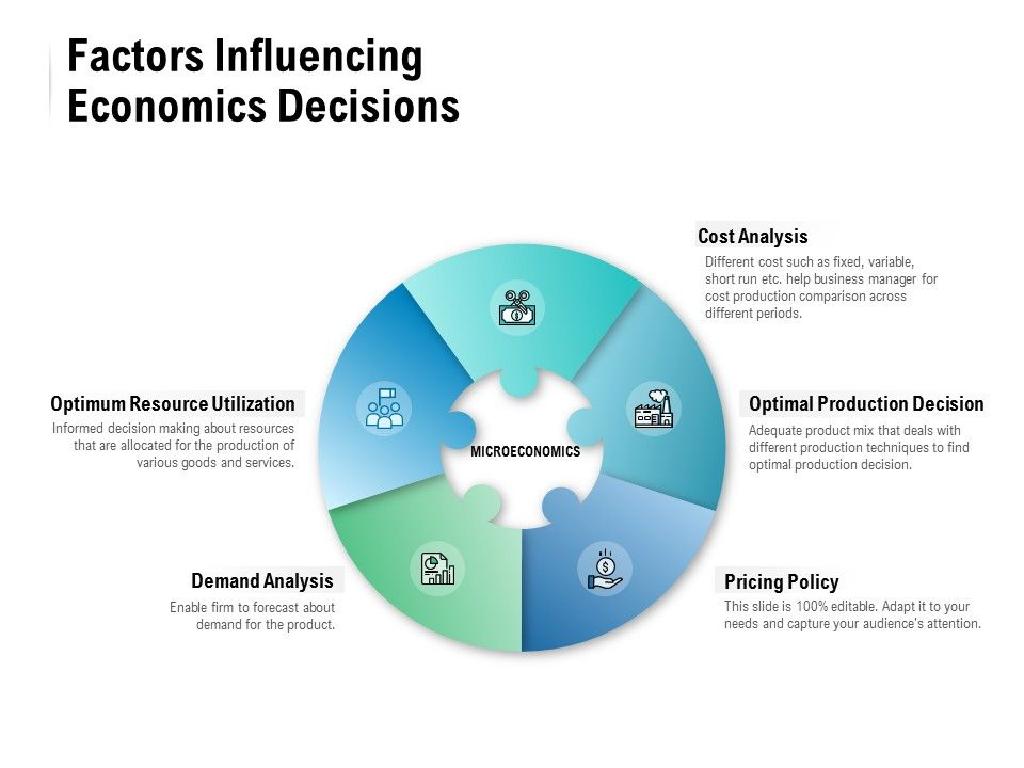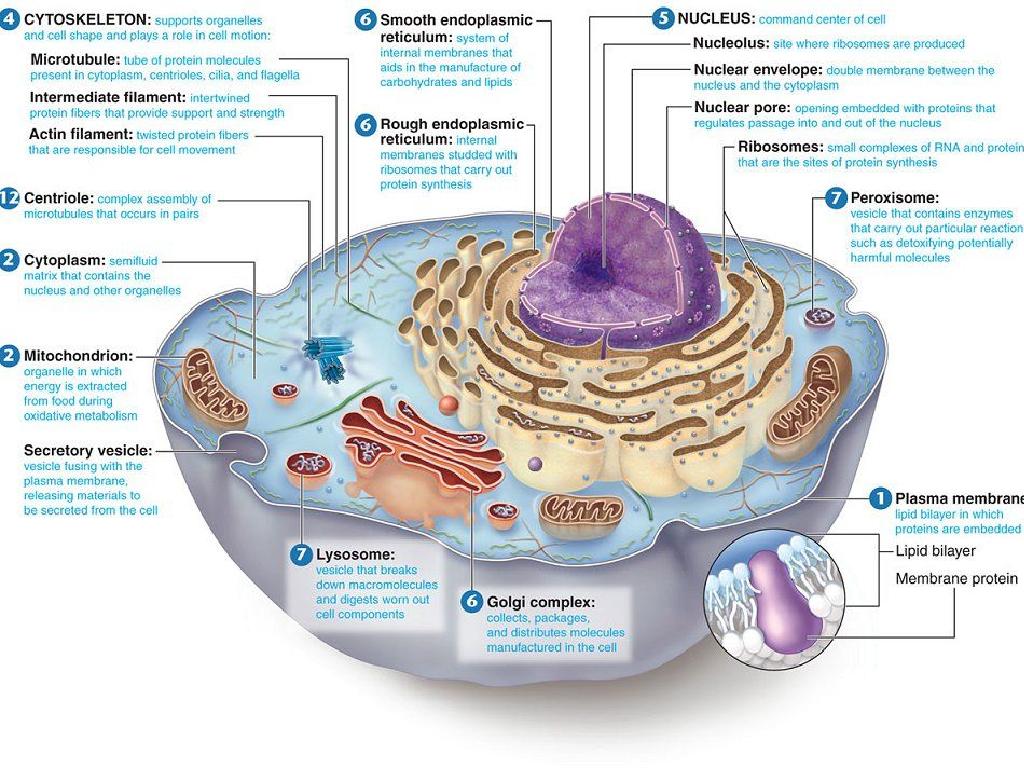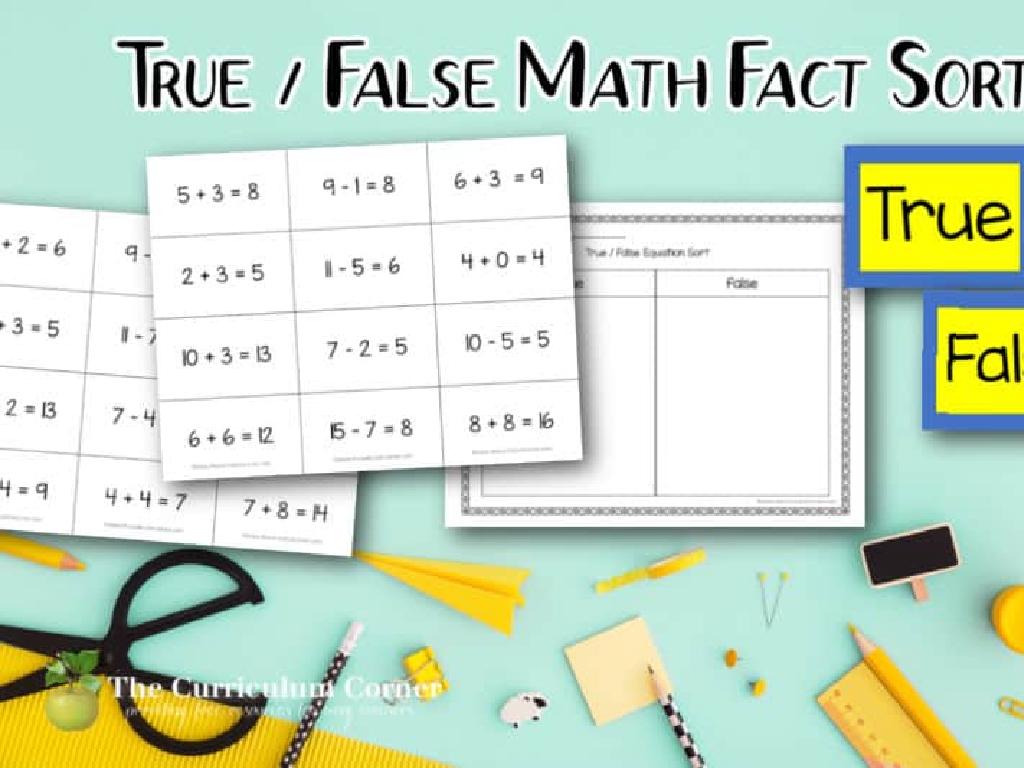Describe Energy Changes In Chemical Reactions
Subject: Science
Grade: Sixth grade
Topic: Chemical Reactions
Please LOG IN to download the presentation. Access is available to registered users only.
View More Content
Energy Changes in Chemical Reactions
– Role of energy in reactions
– Energy is needed to start reactions and is released or absorbed when bonds form or break.
– Making and breaking bonds
– Bonds between atoms require energy to break and release energy when they form.
– Energy’s effect on matter
– Changes in energy can cause substances to combine or break apart, changing states of matter.
– Today’s learning journey
|
This slide introduces the concept of energy changes during chemical reactions, a fundamental aspect of chemistry. Begin by explaining that energy is the driving force behind the formation and breaking of chemical bonds. Emphasize that energy is not lost but transformed, and this can be observed as heat, light, or sound in many reactions. Illustrate with simple examples like the energy required to light a match or the warmth felt during a reaction between vinegar and baking soda. Today’s lesson will explore these concepts through discussion and hands-on activities, helping students to understand how energy changes are crucial to chemical processes.
Energy in Chemical Reactions
– Definition of energy
– Energy: capacity to do work or cause change
– Various forms of energy
– Heat, light, electrical, and more
– Energy’s role in daily life
– Cooking, lighting, powering devices
– Energy changes in reactions
– Reactants absorb or release energy
|
Begin the lesson by explaining the concept of energy as the ability to do work or cause change, which is a fundamental principle in science. Discuss the different forms of energy, such as heat, light, and electrical, and provide examples of each. Illustrate how energy is involved in everyday activities, like cooking, which uses heat energy, or using electronic devices, which rely on electrical energy. Emphasize the importance of energy in chemical reactions, where substances known as reactants either absorb or release energy, leading to the formation of new products. This understanding is crucial for students as they explore how energy changes are a core part of chemical reactions in subsequent lessons.
Chemical Reactions and Energy
– Bond breaking and forming
– Chemical reactions change substances by breaking old bonds and forming new ones.
– Energy absorption or release
– Reactions either take in energy (absorb) or give off energy (release).
– Exothermic reactions
– Exothermic: releases heat, e.g., burning wood.
– Endothermic reactions
– Endothermic: absorbs heat, e.g., photosynthesis.
|
This slide introduces the concept of energy changes during chemical reactions, a fundamental aspect of chemistry. Students should understand that chemical reactions involve the rearrangement of atoms, which includes breaking bonds in reactants and forming new bonds to create products. This process is accompanied by energy changes; energy is either absorbed from the surroundings or released into it. Exothermic reactions, like combustion, release energy, often as heat, making the surroundings warmer. Endothermic reactions, such as photosynthesis, absorb energy, resulting in a cooling effect. Encourage students to think of everyday examples of both types of reactions to solidify their understanding.
Exothermic Reactions in Chemistry
– What are exothermic reactions?
– Reactions that release energy, often as heat or light, e.g., burning wood.
– Everyday exothermic examples
– Hand warmers, self-heating cans, and campfires.
– Combustion: A fiery demonstration
– Observing heat and light produced by burning a small piece of paper.
– Characteristics of exothermic reactions
|
Exothermic reactions are a fundamental concept in chemical reactions where energy is released, usually in the form of heat or light. This slide will introduce students to the definition and characteristics of exothermic reactions. Use everyday examples like hand warmers and campfires to illustrate the concept in a relatable way. A safe, controlled demonstration of a combustion reaction, such as burning a small piece of paper, can visually show the energy release. Emphasize that these reactions are part of many common events and processes in daily life, and understanding them is key to grasping broader scientific concepts. Ensure safety protocols are in place for the demonstration.
Exploring Endothermic Reactions
– What are endothermic reactions?
– Reactions that absorb heat, feeling cold to the touch
– Everyday examples of endothermic reactions
– Photosynthesis in plants, melting ice cubes
– Class demo: Dissolving ammonium nitrate
– Ammonium nitrate in water absorbs heat, cools surroundings
– Energy absorption in endothermic reactions
|
This slide introduces students to the concept of endothermic reactions, which are chemical reactions that absorb energy from the environment, usually in the form of heat. These reactions often result in a temperature decrease in the surrounding area. Common examples include photosynthesis, where plants absorb sunlight to convert carbon dioxide and water into glucose, and the melting of ice, where heat is absorbed to change the state of water from solid to liquid. The demonstration with ammonium nitrate will visually show students how a chemical can absorb heat from water, resulting in a cooler solution. This tangible example helps solidify the concept of energy changes in chemical reactions. Ensure safety precautions are taken during the demonstration.
Energy Diagrams in Chemical Reactions
– Understanding energy diagrams
– Visual tools that show energy levels during reactions
– Exothermic vs. Endothermic
– Exothermic releases heat, Endothermic absorbs heat
– Interpreting reaction graphs
– Graphs show energy progress in reactions
– Real-world examples
– Examples: combustion is exothermic, photosynthesis is endothermic
|
Energy diagrams are crucial for visualizing the energy changes that occur during chemical reactions. They help us understand how energy is either absorbed or released. Exothermic reactions, like combustion, release energy, often as heat, making the surroundings warmer. Endothermic reactions, such as photosynthesis, absorb energy, which can make the surroundings cooler. When interpreting graphs, the y-axis typically represents the energy level, while the x-axis shows the reaction progress. Real-world examples will help students relate these concepts to everyday life, reinforcing their understanding of energy changes in chemical reactions.
Measuring Energy Changes in Reactions
– Tools for measuring energy: Calorimeter
– A device that measures the heat of chemical reactions.
– Calculating energy changes
– Use the formula: Energy change = mass x specific heat capacity x temperature change.
– Class experiment: Temperature change
– Observe temperature variation during a chemical reaction.
– Understanding exothermic & endothermic
– Reactions that release heat are exothermic, those that absorb heat are endothermic.
|
Introduce the concept of energy changes in chemical reactions by explaining the use of a calorimeter, a tool that measures the amount of heat absorbed or released. Teach students the formula for calculating energy changes and guide them through an example calculation. Plan a class experiment where students can measure the temperature change in a simple reaction, such as vinegar and baking soda, to illustrate the concept. Discuss the difference between exothermic and endothermic reactions, providing examples of each. Ensure safety guidelines are followed during the experiment. Encourage students to hypothesize the outcome before conducting the experiment.
Class Activity: Observing Energy in Reactions
– Group activity: Mix and observe
– Always prioritize safety
– Wear goggles and gloves, follow the teacher’s guidelines
– Record all changes carefully
– Note temperature, color changes, and any gas produced
– Discuss observations with class
|
This slide introduces a hands-on group activity where students will mix chemicals to observe energy changes during chemical reactions. Emphasize the importance of safety by wearing protective gear and following the teacher’s instructions closely. Students should be meticulous in recording any temperature changes, color changes, or gas production, as these are indicators of energy changes in the reaction. After the activity, students will discuss their observations with the class to reinforce their understanding of the concepts. Possible activities include combining vinegar and baking soda to observe an endothermic reaction, or activating a glow stick to demonstrate exothermic energy release. The goal is for students to directly engage with the material and witness the energy changes that occur during chemical reactions.
Conclusion: Energy Changes in Reactions
– Recap of energy in reactions
– Chemical reactions involve energy changes, either releasing or absorbing energy.
– Significance in science
– Understanding energy changes helps explain everyday phenomena and advances in technology.
– Homework: Exo/Endothermic hunt
– Find real-life examples of reactions that give off heat (exothermic) or absorb heat (endothermic).
– Share findings next class
– Be prepared to discuss how you identified the type of reaction and what it tells us about energy changes.
|
This slide aims to summarize the key points about energy changes during chemical reactions and emphasize the importance of this concept in understanding the world around us. It’s crucial for students to recognize that energy is either released or absorbed in chemical reactions, which can be observed in many day-to-day activities. The homework assignment encourages students to apply their knowledge by identifying examples of exothermic and endothermic reactions in their home environment, fostering critical thinking and observation skills. In the next class, students will have the opportunity to share their examples, promoting engagement and reinforcing their understanding of the topic.






